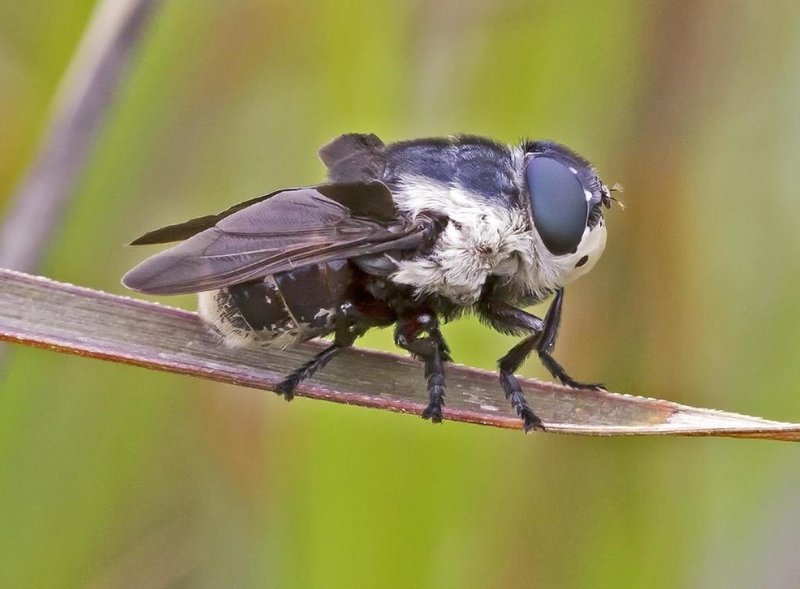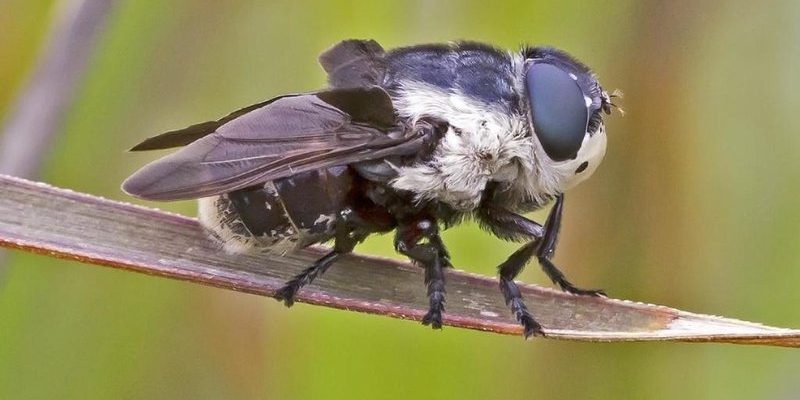
Let’s dive into what drives these little guys into action and what we can do to avoid getting caught in their life cycle. Just like how your favorite TV remote works based on the environment around it—think batteries, distance, and line of sight—botflies’ behaviors hinge on factors like temperature, humidity, and even host availability. Grab your coffee, and let’s break this down together.
The Role of Temperature in Botfly Activity
You might be wondering how temperature affects botfly activity. Well, just as your favorite plants thrive in certain climates, botflies thrive in warm temperatures. The ideal temperature for botfly larvae to grow and flourish is around 30°C (86°F). When it’s too cold, their activity diminishes significantly.
Warm conditions speed up their life cycle. In warmer months, you’ll notice more botflies buzzing around. They’re like that friend who always shows up for summer barbeques: when it’s warm, you can expect them to make an appearance. Conversely, once temperatures drop, botfly activity slows down dramatically. It’s nature’s way of ensuring that only the hardiest survive, much like how we might bundle up in layers when the weather turns chilly.
Moreover, temperature also impacts the host animals that botflies are after. If it’s too cold, animals might hibernate or migrate to warmer areas, leaving botflies without their preferred hosts. In this way, they depend on a warm environment to find not just a cozy spot for their eggs, but also the right animals to ensure their survival.
The Influence of Humidity on Botfly Behavior
Humidity is another key player in the botfly saga. Imagine walking outside on a hot summer day—how it feels sticky, right? That’s humidity at work, and it significantly influences the life of a botfly. High humidity levels create an optimal environment for botflies, as they prefer moist air when laying their eggs.
This is why you’ll often see more botflies in tropical regions where humidity is high. They thrive in places with lush vegetation, which not only provides a suitable environment but also a variety of potential host animals. For instance, forests with dense foliage offer a perfect backdrop for botflies to operate. They can hide and wait for the right moment to deposit their eggs.
On the flip side, in dry areas, botfly populations tend to dwindle. Their eggs may not hatch as effectively, and larvae may struggle to survive without the right moisture levels. This is akin to trying to cook pasta without enough water—it just doesn’t work out well!
Host Availability and Botfly Activity
Now, let’s talk about hosts because botflies need them—like a student needs coffee before an exam! Different animals act as hosts, and their availability directly impacts botfly activity. Common hosts include livestock like cattle and sheep, as well as domestic pets like dogs.
Without a suitable host, botflies can’t lay their eggs, and therefore their population can’t grow. During certain seasons, especially in agricultural areas, you might spot an uptick in botfly activity—it’s prime time for them when livestock is plentiful. This is why farmers often notice increases in botfly numbers during the warmer months when animals are outdoors.
Interestingly, regions with higher livestock populations tend to experience more botfly activity compared to areas with fewer animals. Think of it like a buffet; when there’s more food available, more diners show up, and that’s precisely what happens with botflies and their hosts.
Geographic Distribution and Climate Zones
The geographic location is another vital factor influencing botfly activity. Different climate zones—from tropical rainforests to arid deserts—present varying conditions for these pests. In general, botflies prefer humid and warm environments, which are typically found in tropical and subtropical regions.
For instance, in Central and South America, where the climate is consistently warm and humid, botflies are prevalent. In contrast, colder regions experience far fewer cases. The distribution of botflies can also vary by altitude—areas at higher elevations often have cooler temperatures that limit botfly populations.
This geographic specificity means that if you’re traveling to regions known for high botfly activity, it’s essential to take preventive measures. Just like you’d check your remote batteries before a long movie night, being aware of your surroundings can help you avoid unpleasant encounters with these pests.
Seasonal Patterns and Botfly Life Cycle
Seasons play a crucial role in botfly activity, similar to how our schedules change with the passing months. These pests typically show higher activity during summer and fall when temperatures rise and hosts are plentiful. In spring, they start emerging as temperatures warm up, and by late fall, their activity tapers off as the weather cools.
Their life cycle is synchronized with environmental conditions. After a female botfly lays her eggs on a host, the larvae hatch and burrow into the skin to develop. This process can take weeks, and during this time, the warm weather ensures that they grow efficiently. However, once the temperatures drop, this process slows down.
In essence, the cyclical nature of seasons dictates when we see botflies buzzing about. If you’re living in or visiting an area with known botfly populations, keeping an eye on the calendar and the weather forecast can help you prepare.
Impact of Environmental Changes on Botfly Populations
With climate change becoming a pressing issue, the environmental factors influencing botfly activity are also shifting. Changes in temperature and humidity can lead to new patterns in botfly behavior. Warmer temperatures extending into fall may result in longer botfly activity seasons, while increased rainfall could create more humid environments, ideal for their reproduction.
As a result, we might start seeing botflies in areas where they weren’t previously a problem, affecting communities and wildlife. Farmers may face challenges as botflies target their livestock more frequently, leading to rising health concerns for animals.
This adaptability serves as a reminder of how interconnected our ecosystems are. Just like a simple remote that controls multiple devices, the environment influences many aspects of life, including the pesky botfly’s existence.
In conclusion, understanding the environmental factors that influence botfly activity helps us be more aware and proactive. By adjusting our behaviors and being mindful of our surroundings, we can minimize encounters with these unique creatures. So, the next time you hear about botflies buzzing around, you’ll know it’s not just a random occurrence—it’s nature’s delicate balance at work.

